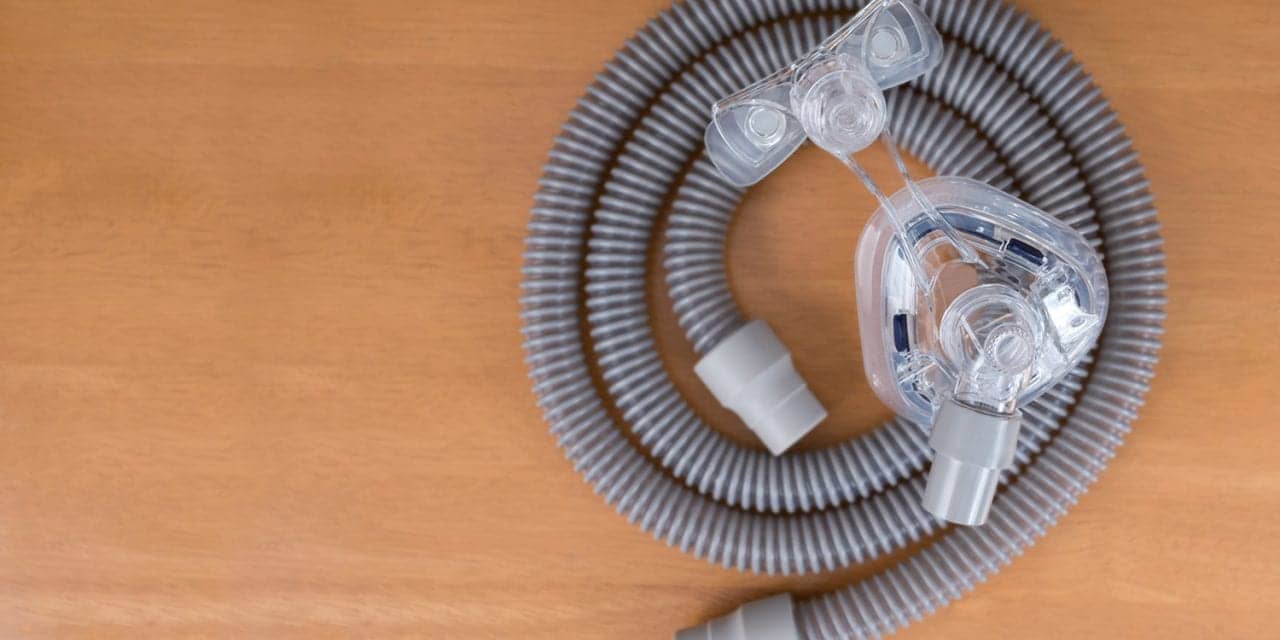Johns Hopkins undergraduates found that coronavirus viral particles escape during CPAP therapy through a gap where the mask doesn’t conform directly to the patient’s face, reports the News-Letter.
The team then combined their initial research and engineering knowledge to design a device to close the gap. They turned to memory foam because it is a pliable, widely accessible material.
They created a memory foam attachment for the CPAP mask. The purpose of this attachment is to close the gap between the mask and the patient’s face so that there is no space for the aerosolized viral particles to leak.
Get the full story at jhunewsletter.com.









